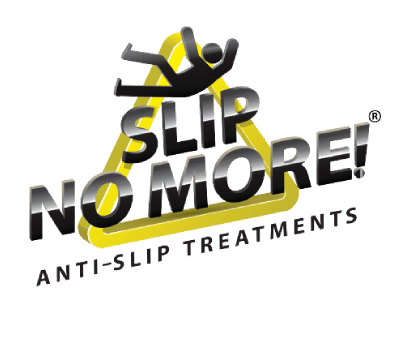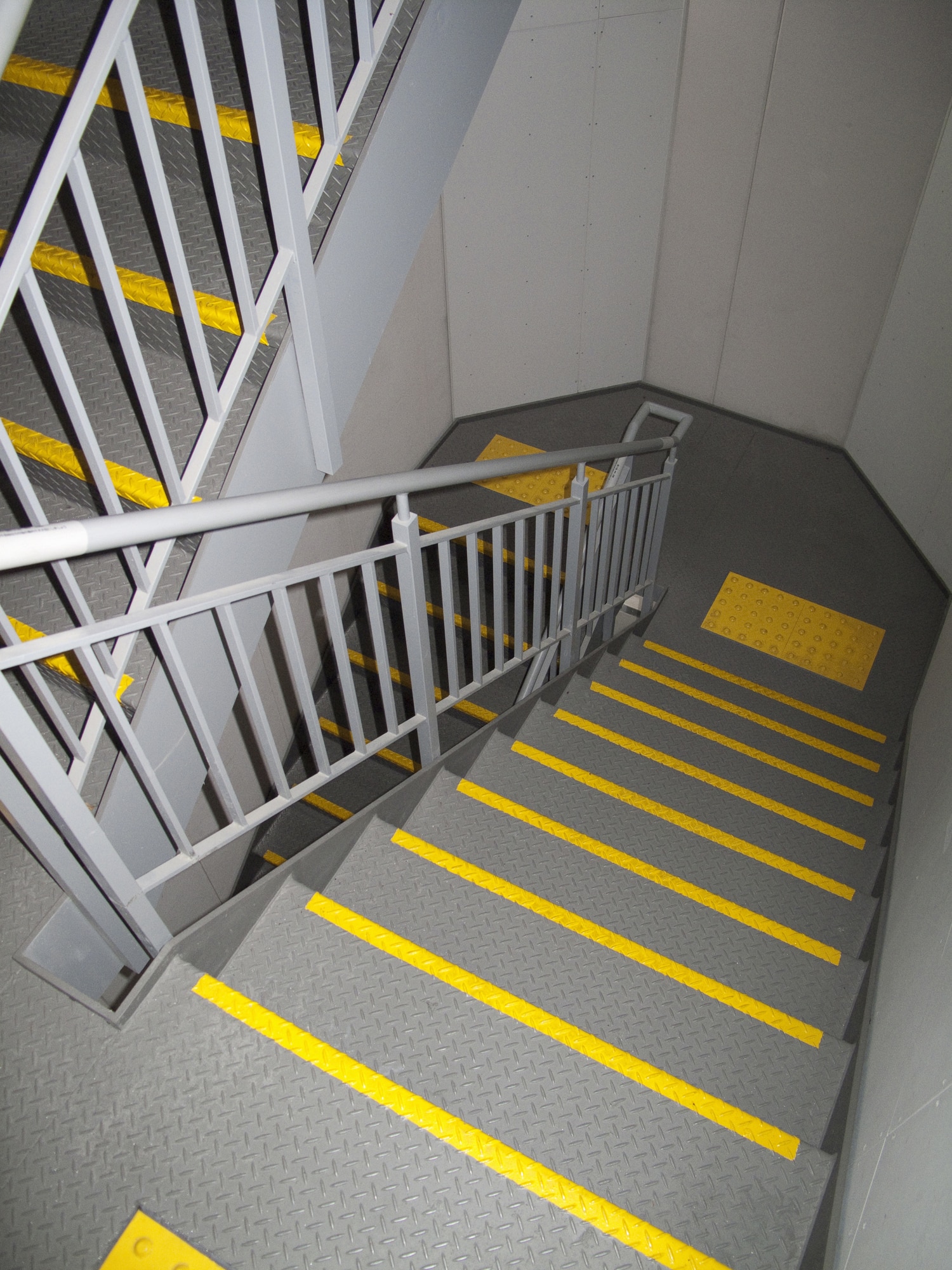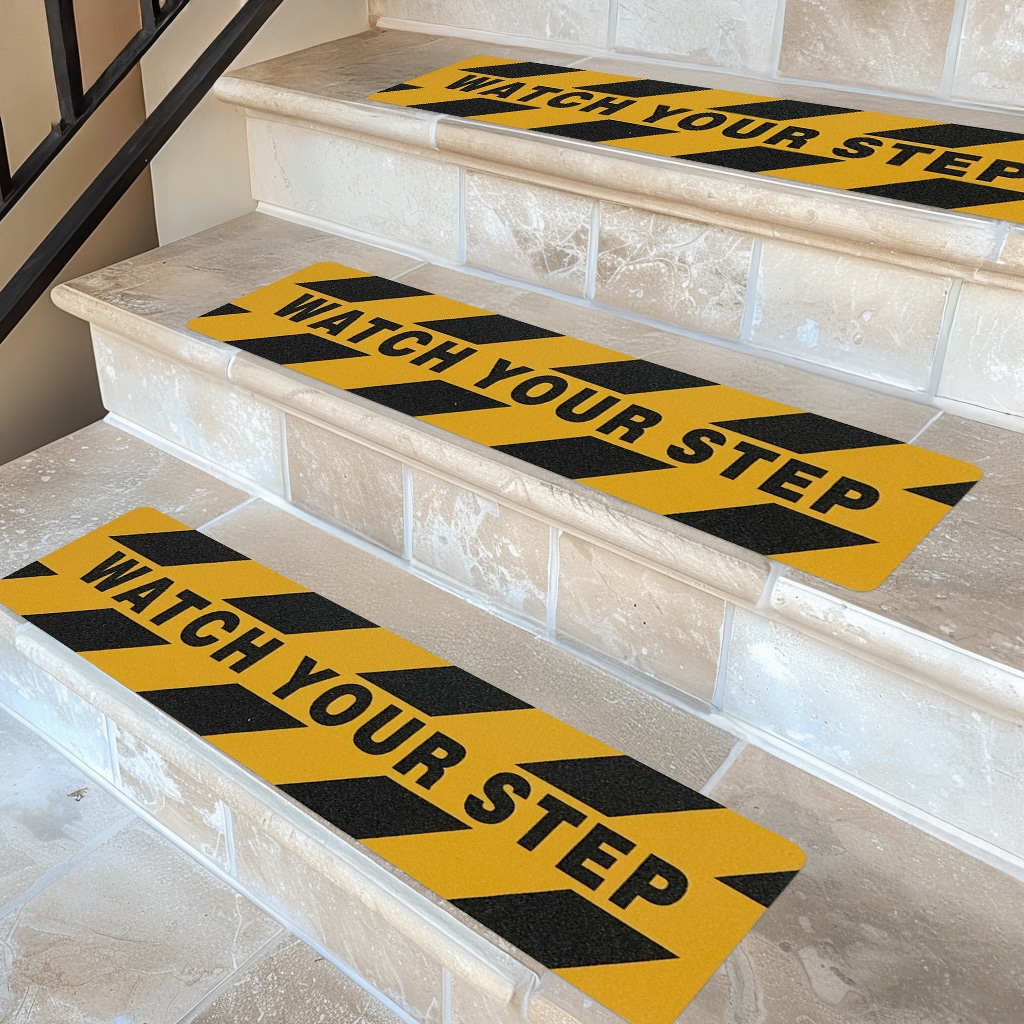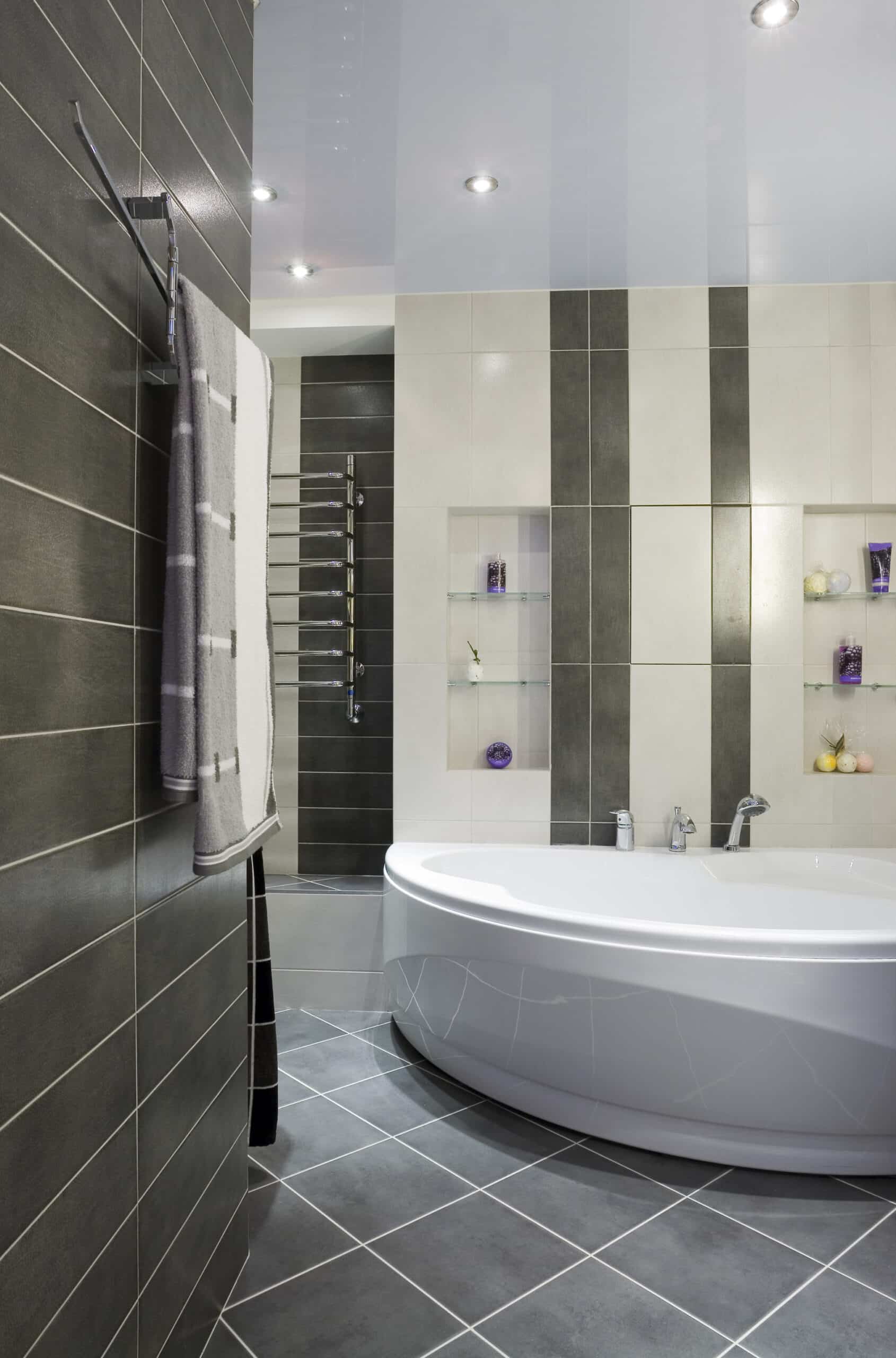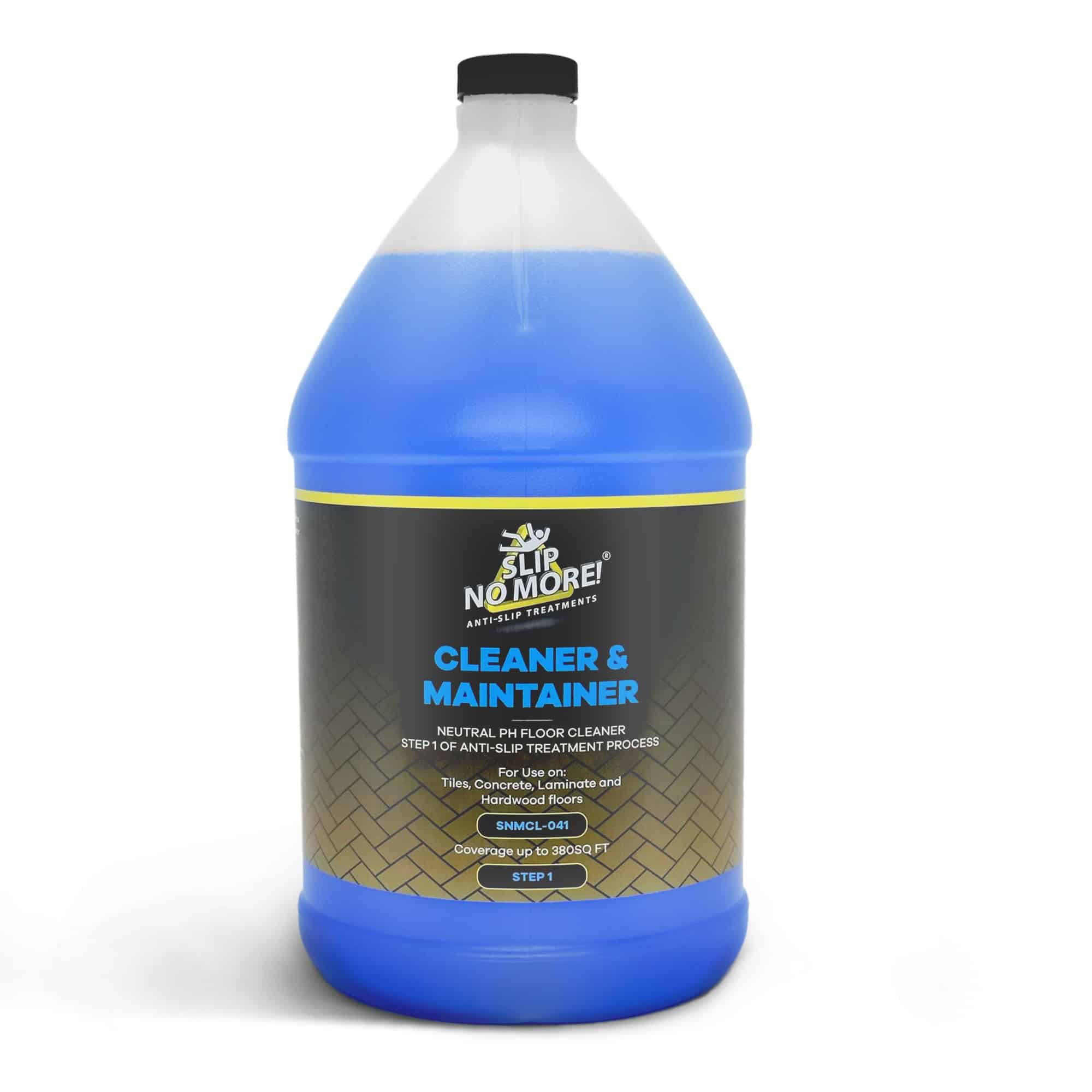Are you Looking to add creativity and durability to your home or industrial projects? Look no further than epoxy paint for metal. This versatile and long-lasting paint protects metal surfaces from rust and corrosion and allows you to unleash your inner artist. With a wide range of colors and finishes, you can transform any metal surface into a work of art.
Epoxy paint for metal is specially formulated to provide excellent adhesion and resistance to chipping, peeling, and fading. Whether you’re looking to revamp your furniture, give your appliances a new look, or add a touch of elegance to your garden ornaments, epoxy paint for metal offers endless possibilities.
Not only does epoxy paint for metal offer aesthetic appeal, but it also provides long-lasting protection. Its durable and resilient nature makes it ideal for indoor and outdoor applications. From kitchen cabinets to metal fences, epoxy paint ensures that your investment stands the test of time.
So, get ready to get creative and enhance the longevity of your metal projects with epoxy paint. Let your imagination run wild, and watch your creations come to life with the vibrant colors and lasting finish of epoxy paint for metal.
Advantages of using epoxy paint for metal
Epoxy paint for metal offers numerous advantages, making it a popular choice for home and industrial projects. Firstly, it provides exceptional protection against rust and corrosion. Metal surfaces are prone to damage caused by moisture, chemicals, and environmental factors. Epoxy paint forms a strong barrier that prevents these elements from coming into contact with the metal, ensuring its longevity.
Secondly, epoxy paint for metal is highly resistant to chipping, peeling, and fading. The durability of epoxy paint ensures that your metal projects maintain their beauty and vibrancy for years to come. Whether exposed to harsh weather conditions or constant handling, epoxy paint holds up exceptionally well, making it suitable for indoor and outdoor applications.
Another advantage of epoxy paint for metal is its versatility. It comes in various colors and finishes, allowing you to choose the perfect combination to suit your project. Whether you prefer a glossy or matte finish or a bold or subtle color, epoxy paint offers endless possibilities for customization. Let your imagination run wild and create unique and eye-catching metal surfaces.
Different types of non-slip paint
There are a few different types to consider when it comes to epoxy paint for metal. Each type has its unique properties and is suitable for specific applications. Here are some of the most common types of epoxy paint for metal:
1. Two-Part Epoxy Paint: This type of epoxy paint consists of a resin and a hardener. The two parts must be mixed just before application. Two-part epoxy paint provides excellent adhesion and durability, making it ideal for high-traffic areas or surfaces that require extra protection.
2. Water-Based Epoxy Paint: As the name suggests, water-based epoxy paint is mixed with water instead of a solvent. It is a more environmentally friendly option compared to solvent-based epoxy paints. Water-based epoxy paint is easy to apply, dries quickly, and offers good adhesion and durability.
3. Solvent-Based Epoxy Paint: Solvent-based epoxy paint contains solvents that help with the application and drying. It provides a glossy finish and offers excellent resistance to chemicals and abrasion. Solvent-based epoxy paint is commonly used in industrial settings or for heavy-duty applications.
Choosing the right type of epoxy paint for your project is essential. Consider factors such as the surface you’re painting, the level of durability required, and the desired finish.
Surface preparation for applying epoxy paint
Before applying epoxy paint to a metal surface, proper preparation is crucial to ensure optimal adhesion and longevity. Here’s a step-by-step guide to surface preparation:
1. Clean the Surface: Remove any dirt, grease, or loose paint from the metal surface using a degreaser or a mild detergent. Rinse thoroughly and allow the surface to dry completely.
2. Remove Rust and Corrosion: If the metal surface has rust or corrosion, use a wire brush or sandpaper to remove it. Ensure that you reach bare metal for the best results. Wipe away any dust or debris.
3. Smooth the Surface: If the metal surface has rough or uneven areas, use sandpaper or a sanding block to smooth them out. This will ensure a more even application of the epoxy paint.
4. Protect Surrounding Areas: If you’re painting a specific area of a larger object, such as a door or furniture, protect the surrounding areas with painter’s tape or plastic sheeting. This will prevent any accidental paint splatters or drips.
Once the surface is prepared correctly, you can apply the epoxy paint.
A step-by-step guide to applying epoxy paint on metal
Using epoxy paint on metal requires careful attention to detail to achieve a professional finish. Follow these steps for optimal results:
1. Mix the Epoxy Paint: If using a two-part epoxy paint, follow the manufacturer’s instructions to mix the resin and hardener in the correct ratios. Stir thoroughly until the components are well combined.
2. Apply the Primer: Before applying the epoxy paint, it’s recommended to apply a primer specifically formulated for metal surfaces. The primer helps with adhesion and enhances the durability of the epoxy paint. Use a brush or a roller to apply the primer evenly. Allow it to dry according to the manufacturer’s instructions.
3. Apply the Epoxy Paint: Once the primer is dry, it’s time to apply the epoxy paint. Use a brush, roller, or spray gun, depending on the size and complexity of the metal surface. Apply thin and even coats, allowing each coat to dry before applying the next. Two or three coats of epoxy paint may be required for optimal coverage.
4. Allow for Proper Curing: After applying the final coat of epoxy paint, let the painted surface cure properly. Follow the manufacturer’s instructions regarding drying time and curing conditions. Proper curing ensures the durability and longevity of the epoxy paint.
These steps will help you achieve a smooth and professional finish when applying epoxy paint to metal surfaces.
Tips for achieving a professional finish with epoxy paint
To ensure the best results when using epoxy paint for metal, consider the following tips:
1. Read the Instructions: Always read and follow the manufacturer’s instructions before using epoxy paint. This will ensure that you achieve the desired finish and maximize the longevity of the painted surface.
2. Work in a Well-Ventilated Area: Epoxy paint can emit strong fumes during the application and drying. Working in a well-ventilated area or using proper respiratory protection is essential to avoid health risks.
3. Apply Thin Coats: It’s better to apply multiple thin coats of epoxy paint than one thick coat. This helps to prevent drips, runs, and uneven application. Thin coats also have better adhesion and drying properties.
4. Avoid Overbrushing: Overbrushing can lead to streaks and brush marks on the painted surface. To achieve a smooth finish, apply the epoxy paint with long, even strokes and avoid going over the same area multiple times.
5. Allow for Proper Drying Time: Each coat of epoxy paint needs sufficient drying time before applying the next coat. Rushing the process can result in poor adhesion and compromised durability.
By following these tips, you can achieve a professional and visually appealing finish with epoxy paint for metal.
Common mistakes to avoid when using epoxy
While epoxy paint offers numerous benefits, it’s essential to avoid common mistakes that can compromise the final result. Here are some mistakes to avoid when using epoxy paint on metal:
1. Skipping Surface Preparation: Proper surface preparation is crucial for the adhesion and durability of epoxy paint. Skipping this step can result in paint failure and a subpar finish.
2. Not Using a Primer: A primer specifically formulated for metal surfaces is essential. The primer enhances adhesion and improves the longevity of the epoxy paint.
3. Applying Thick Coats: Applying thick coats of epoxy paint can lead to uneven drying, drips, and a less durable finish. Thin coats are recommended for optimal results.
4. Not Allowing for Proper Curing: Rushing the drying and curing process can result in a weaker finish that is prone to chipping, peeling, and fading. Follow the manufacturer’s instructions regarding curing time and conditions.
By avoiding these common mistakes, you can ensure that your epoxy-painted metal surfaces maintain their beauty and durability for years.
Maintenance and care for epoxy-painted metal surfaces
Epoxy-painted metal surfaces are relatively low maintenance, but proper care can prolong their lifespan and appearance. Here are some maintenance tips:
1. Regular Cleaning: Clean epoxy-painted metal surfaces regularly with a mild detergent and water. Avoid using abrasive cleaners or harsh chemicals that can damage the paint.
2. Avoid Scratches and Abrasion: Although epoxy paint is durable, it can still be scratched or damaged with excessive force. Avoid dragging heavy objects across the surface or using abrasive materials for cleaning.
3. Inspect for Damage: Periodically inspect epoxy-painted metal surfaces for any signs of damage, such as chips, cracks, or peeling. Promptly address any issues to prevent further damage and maintain the paint’s integrity.
4. Protect from Extreme Conditions: If possible, protect epoxy-painted metal surfaces from extreme weather conditions, direct sunlight, or excessive moisture. This will help prolong the life of the paint and minimize any potential damage.
Following these maintenance tips ensures that your epoxy-painted metal surfaces stay vibrant and protected for years.
Examples of projects where epoxy paint can be used
The versatility of epoxy paint for metal opens up many project possibilities. Here are some examples of projects where epoxy paint can be used:
1. Furniture Makeover: Give old or worn-out metal furniture a fresh look with a coat of epoxy paint. From chairs to tables to bed frames, epoxy paint can transform any piece into a stylish and durable addition to your home.
2. Appliance Renewal: Are you tired of looking at outdated or mismatched appliances in your kitchen? Epoxy paint offers a cost-effective solution to give your appliances a modern and cohesive appearance.
3. Garden Ornaments: Add a touch of elegance to your outdoor space by painting metal garden ornaments with epoxy paint. From statues to planters to trellises, epoxy paint can breathe new life into your garden decor.
4. Automotive Restoration: Epoxy paint is also suitable for automotive projects. Whether restoring a classic car or customizing your vehicle, epoxy paint can provide a durable and eye-catching finish.
These are just a few examples of the many projects where epoxy paint for metal can be utilized. Let your creativity soar and explore the endless possibilities.
About Slip No More
With more than 15 years of experience in the slip-prevention industry, our epoxy paint for metal products are developed to solve the problem of slippery floors in all areas.
Why not follow our Facebook, Instagram, Twitter, or YouTube accounts for funny videos, informative posts, and general floor safety information? We also have loads of great reviews from our customers on Trustpilot. If you found this article helpful, take a look at our related articles:
